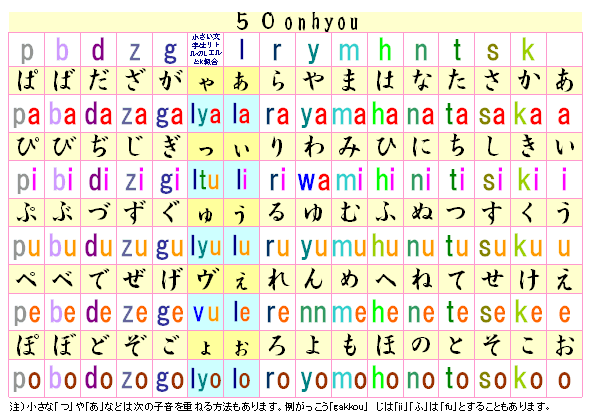Transliteration is the act of moving from one writing system to another, which is never an easy task. When expressing Japanese in English, there are a lot of questions to consider, including which Romanization method to use. The “Hepburn” method results in words that are close to how non-Japanese pronounce them, for example shitsurei, meaning rude, while the “Nihonshiki” method forces syllables into consonant + verb pairs (e.g. siturei) despite the fact that no one pronounces words that way. One way to make Japanese words easier for English speakers to digest is to break them into smaller chunks with hypens, something the creators of Yu-Gi-Oh! got right, since Yuhgioh / Yuugiou / Yuhgioh / Yuugioh would not have stuck in people’s brains as well. I generally write the word for “childhood friend” as osana-najimi with a hyphen, since osananajimi is a big jumble of hard to read letters, and we’re pretty sure that our Japanese “Lucky Bags” are easier for our customers to remember when we write fuku-bukuro instead of fukubukuro.

A conversion chart between Romaji and hiragana.















